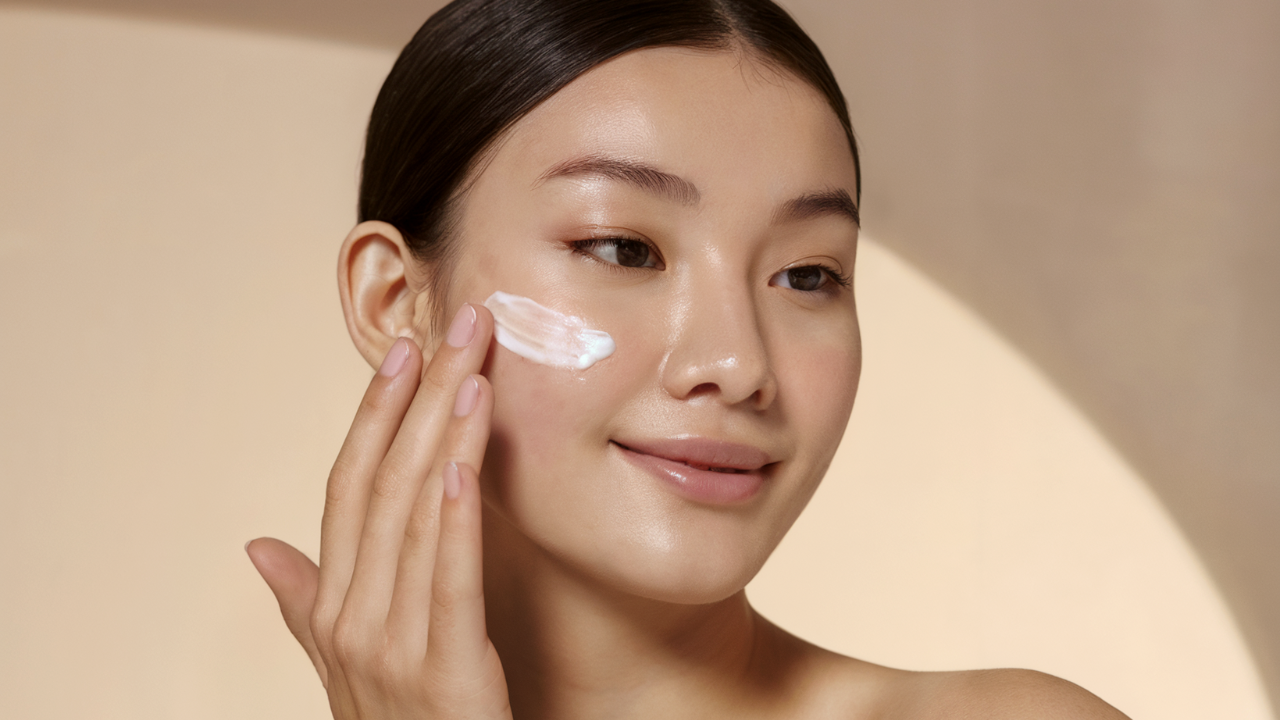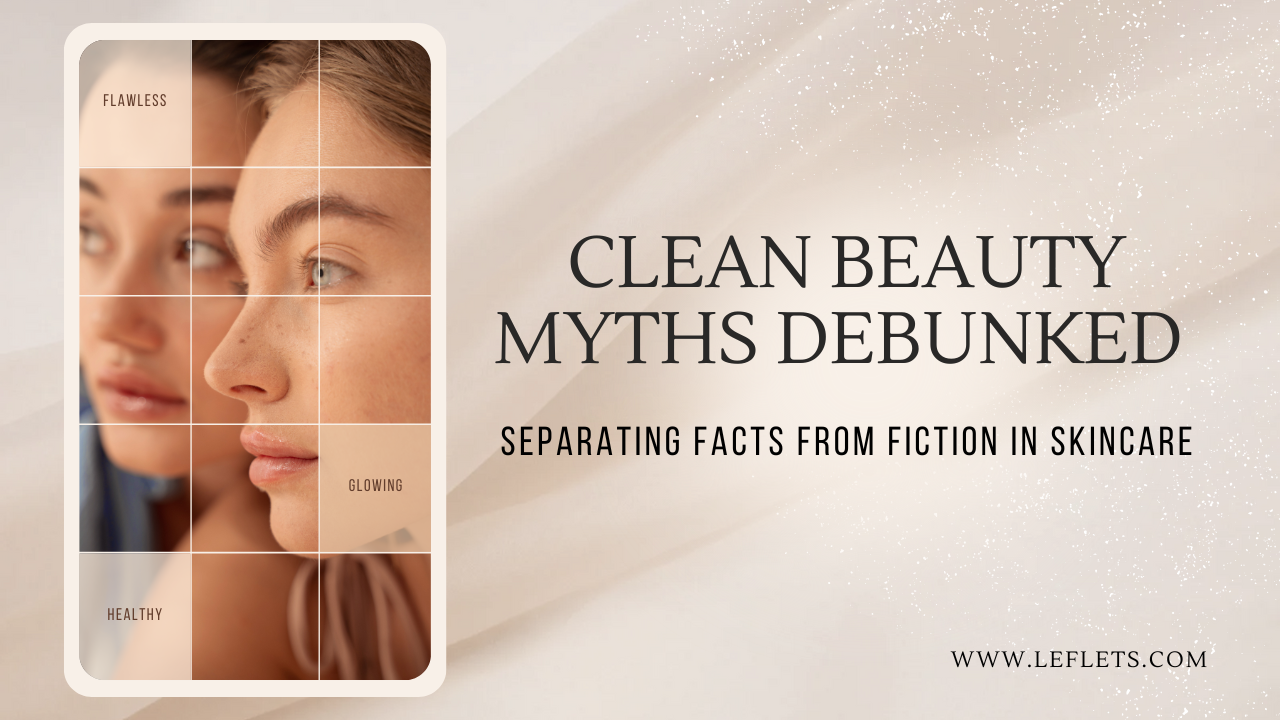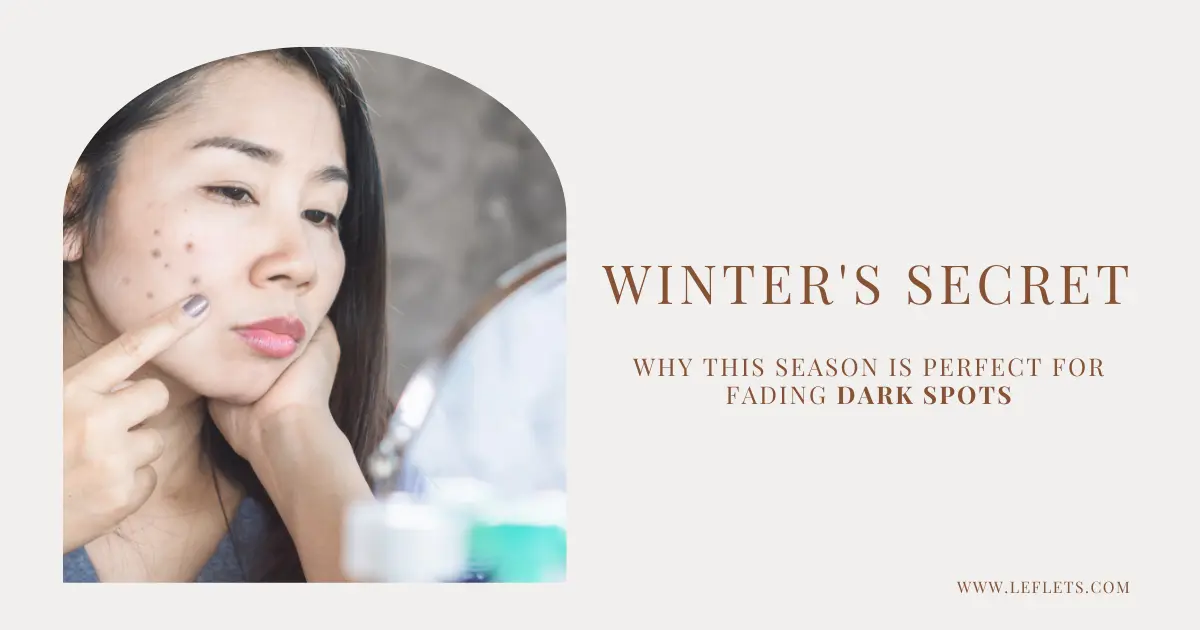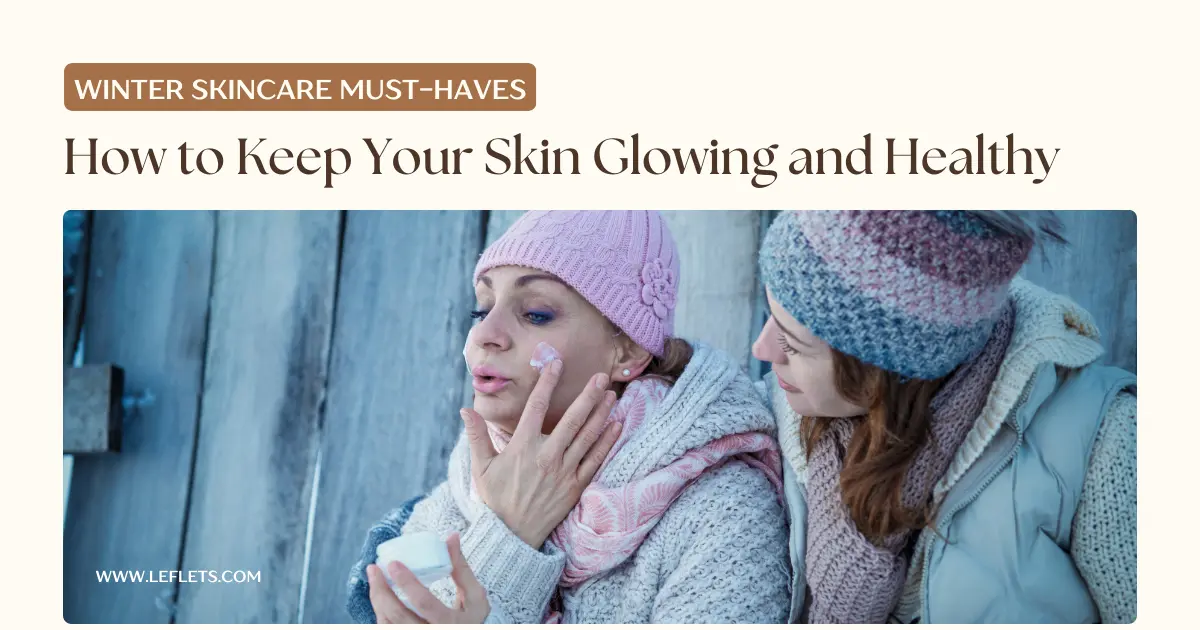The clean beauty movement has revolutionized the skincare industry, emphasizing products that are safe, sustainable, and effective. However, with its rise in popularity, it has also brought about many myths and misconceptions that can mislead consumers. To help you navigate the world of clean beauty, we’re breaking down the most common myths, offering clarity and empowering you to make informed choices for your skincare routine.
Myth 1: Natural Ingredients Are Always Better
The Myth: If it’s natural, it’s automatically good for your skin.
The Truth: While natural ingredients like aloe vera, green tea, and chamomile often offer skin benefits, not everything natural is safe or effective. For instance, poison ivy, mercury, and lead are natural but harmful. On the other hand, many synthetic ingredients, such as hyaluronic acid and retinol, are lab-created yet provide exceptional results for hydration, acne control, and anti-aging.
The Takeaway: Don’t judge an ingredient solely by its source. Instead, focus on its proven effectiveness for your skin concerns, whether it’s acne scars, hydration, or anti-aging. Natural isn’t inherently better; it’s about the right ingredient for your skin type and needs.
Myth 2: Clean Beauty Is the Same as Organic Beauty
The Myth: If a product is clean, it must also be organic.
The Truth: Clean beauty and organic beauty are distinct terms. Clean beauty emphasizes avoiding harmful chemicals like parabens, sulfates, and synthetic fragrances. Organic beauty, however, refers to how ingredients are grown and processed, without the use of synthetic pesticides or fertilizers. While some products may be both clean and organic, the two concepts aren’t interchangeable.
The Takeaway: If you’re looking specifically for organic skincare, check for certifications like USDA Organic or COSMOS Organic. Understanding the distinction helps you choose products that align with your preferences.
Myth 3: Clean Beauty Products Are 100% Chemical-Free
The Myth: Clean beauty means no chemicals.
The Truth: Everything, including water and air, is a chemical. The term "chemical-free" is a marketing phrase rather than a scientific reality. Clean beauty focuses on eliminating potentially harmful substances, like phthalates, parabens, and synthetic dyes, while retaining safe and effective compounds such as vitamin C, niacinamide, and peptides.
The Takeaway: Don’t fear the word “chemical.” Instead, educate yourself on which chemicals are beneficial and which ones to avoid. For instance, hyaluronic acid is a synthetic chemical that offers incredible hydration benefits for all skin types.

Myth 4: Clean Beauty Is Perfect for Sensitive Skin
The Myth: Clean beauty products are always suitable for sensitive skin.
The Truth: Clean beauty products often contain natural ingredients, but some, like essential oils or citrus extracts, can be irritants. For sensitive skin, even natural components can cause redness or breakouts. It’s essential to focus on formulations designed for sensitivity and to patch-test new products before applying them to your face.
The Takeaway: If you have sensitive skin, look for hypoallergenic, fragrance-free, or dermatologist-tested products. Clean beauty can benefit sensitive skin, but it’s crucial to tailor your routine to your specific needs.
Myth 5: Clean Beauty Products Are Expensive
The Myth: Clean beauty is only for those with deep pockets.
The Truth: While luxury clean beauty brands often steal the spotlight, many affordable options offer excellent quality. Drugstore brands now feature clean beauty lines with accessible price points. Opting for affordable skincare products with effective ingredients ensures you don’t have to overspend to enjoy the benefits of clean beauty.
The Takeaway: Clean beauty isn’t exclusive to high-end shoppers. Research brands and read reviews to find cost-effective products that align with your skincare goals and budget.
Myth 6: Clean Beauty Brands Are Always Ethical
The Myth: All clean beauty brands are cruelty-free and sustainable.
The Truth: While clean beauty aims to minimize harm, not all brands meet ethical standards like cruelty-free testing or sustainable sourcing. Some clean brands may still use animal testing or environmentally unfriendly practices. If ethics matter to you, look for certifications like Leaping Bunny for cruelty-free products or Fair Trade for sustainability.
The Takeaway: Clean beauty is a great starting point, but always verify a brand’s ethical claims. Transparency is key when it comes to making informed choices.
Navigating Clean Beauty: How to Make Informed Choices
Clean beauty is more than a trend—it’s a commitment to safer, more conscious skincare. However, with marketing buzzwords and misconceptions, navigating this space can be challenging. Here are some tips to make informed decisions:
1. Focus on Ingredients
- Learn to read labels and recognize key components that benefit your skin, such as antioxidants (vitamin C, green tea), hydrators (hyaluronic acid, glycerin), and exfoliants (lactic acid, glycolic acid).
- Avoid red-flag ingredients like parabens, synthetic fragrances, and sulfates.
2. Look for Certifications
- Certifications like USDA Organic, Leaping Bunny, and EWG Verified provide assurance about a product’s claims.
3. Simplify Your Routine
- You don’t need a 10-step regimen. A good cleanser, moisturizer, sunscreen, and targeted treatment are sufficient for most skin types.
4. Patch-Test New Products
- Avoid reactions by testing new products on a small area of skin before full application.
5. Research the Brand
- Dive deeper into a brand’s practices. Are they transparent about their sourcing? Do they commit to cruelty-free testing?
Benefits of Embracing Clean Beauty
Adopting clean beauty practices offers numerous advantages for both your skin and the planet:
1. Safer Ingredients
- Clean beauty prioritizes non-toxic formulations, reducing the risk of irritation or harm from harsh chemicals.
2. Environmental Impact
- Eco-friendly packaging and sustainable practices help minimize waste and pollution.
3. Ethical Choices
- Many clean beauty brands champion cruelty-free testing and fair trade practices, ensuring a positive impact on communities and animals.
4. Long-Term Skin Health
- By focusing on effective, gentle ingredients, clean beauty promotes healthier skin over time.
Clean Beauty Trends in 2024
The clean beauty era continues to evolve, with exciting trends taking the forefront:
- Vegan Skincare Products: More brands are introducing plant-based formulas that cater to ethical and health-conscious consumers.
- Sustainable Packaging: Refillable containers, biodegradable materials, and minimal packaging are becoming the norm.
- Personalized Skincare: Custom formulations based on individual skin needs are gaining popularity, blending clean beauty with science.
Conclusion: Clean Beauty, Simplified
Clean beauty is about making thoughtful, informed decisions that prioritize your health and the environment. While it’s easy to get swept up in myths, understanding the facts can help you build a routine that truly benefits your skin. Whether you’re seeking solutions for acne scars, hydration, or anti-aging, clean beauty offers options that align with your values and needs.
By separating fact from fiction, you can navigate the clean beauty landscape with confidence. Embrace simplicity, focus on quality, and let your natural beauty shine. With the right knowledge and tools, radiant, healthy skin is well within reach.
For more beauty tips - www.leflets.com


